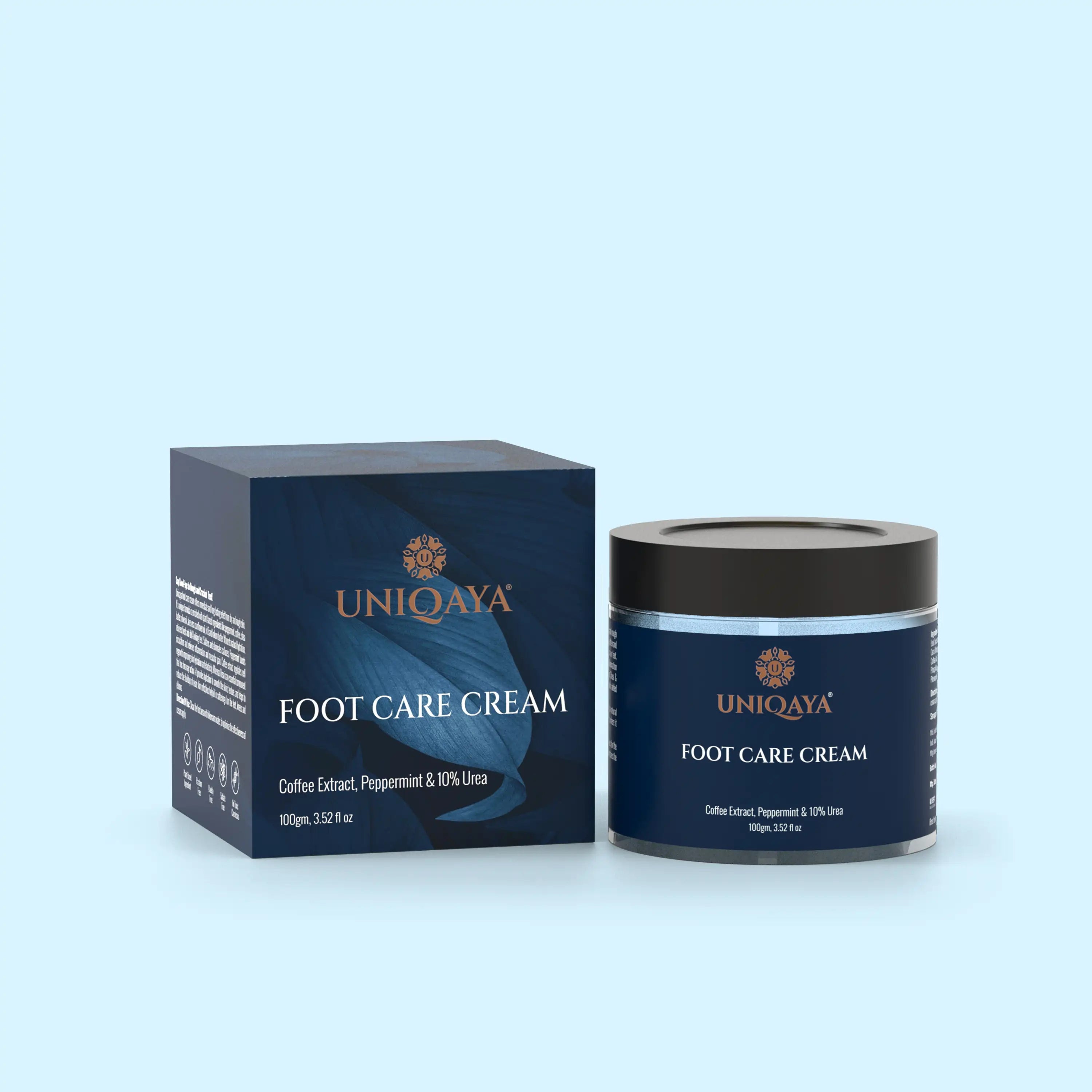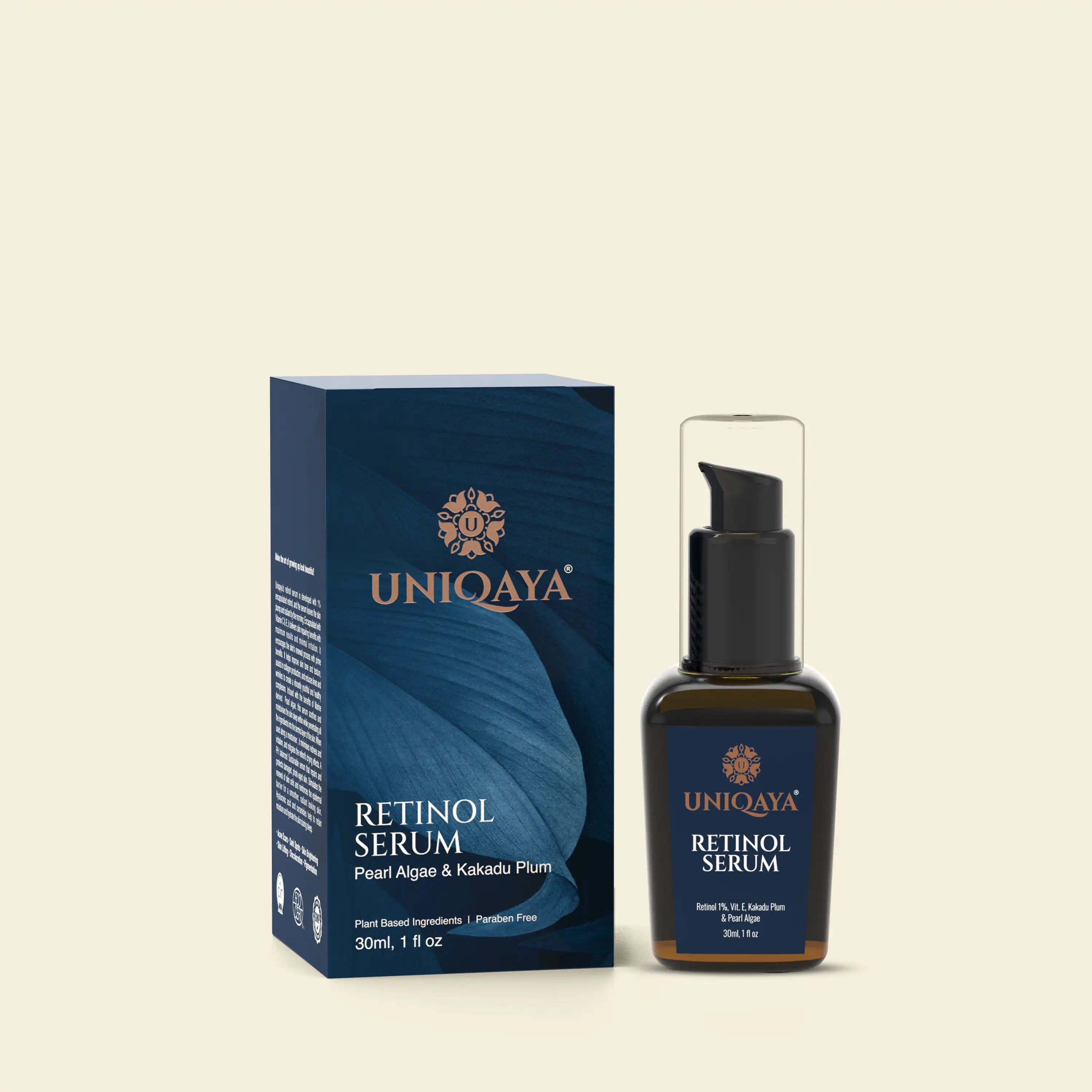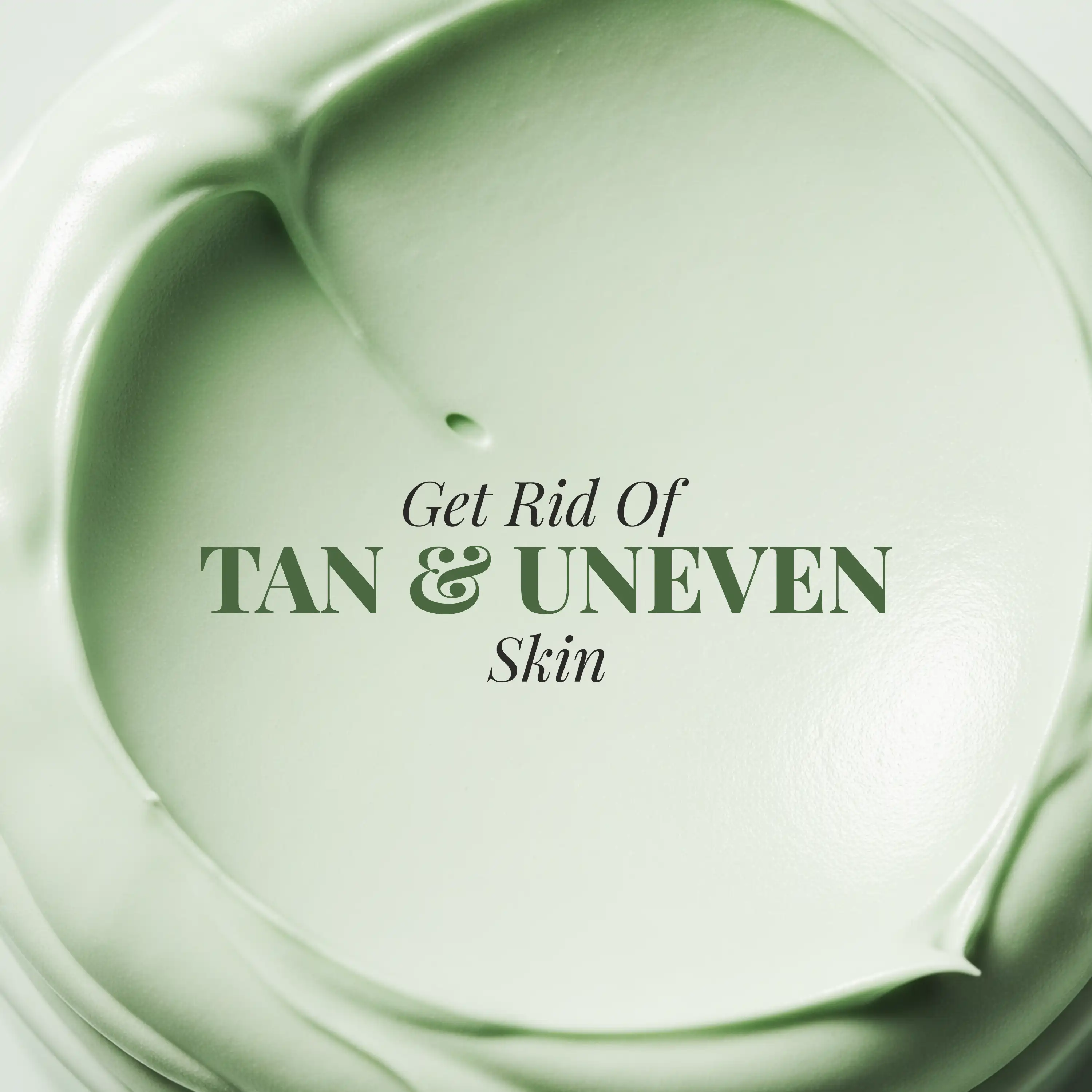Is Niacinamide the Right Ingredient for My Dry Skin?

Known for its myriad benefits, this humble vitamin can be a game-changer for anyone battling dryness. But how exactly does niacinamide work, and is it the right fit for your dry skin?
Let’s read more about it.
What is Niacinamide?
Niacinamide, also known as Vitamin B3, is a powerhouse ingredient celebrated for its versatility and effectiveness. It’s found in various skincare products, from serums to moisturizers, and has earned its reputation as a multi-tasker in the beauty world. But what makes it so special for dry skin?
Hydration Boost
One of the best things about niacinamide is its ability to boost skin hydration. Dry skin often means that your skin barrier is compromised, allowing moisture to escape more easily. Niacinamide helps strengthen this barrier by increasing the production of ceramides, which are lipids that help retain moisture. By improving your skin’s barrier function, niacinamide helps prevent dehydration and keeps your skin feeling supple and soft.
Reduces Inflammation
Dry skin can often be accompanied by inflammation and redness. Niacinamide is known for its anti-inflammatory properties, which can soothe irritated skin and reduce redness. If your dry skin is prone to flare-ups or feels inflamed, incorporating niacinamide into your routine can help calm and balance your complexion.
Evens Skin Tone
Dry skin sometimes comes with uneven pigmentation or dullness. Niacinamide helps address these issues by inhibiting the transfer of melanin to the skin's surface. This can lead to a more even skin tone and a brighter, more radiant complexion. If your dry skin has patches of discoloration or feels uneven, niacinamide can help brighten and balance your skin tone.
Gentle and Non-Irritating
One of the great things about niacinamide is that it’s generally well-tolerated by most skin types, including sensitive and dry skin. Unlike some ingredients that can be harsh or irritating, niacinamide is gentle and unlikely to cause adverse reactions. This makes it an excellent choice for those with dry skin who may be sensitive to other, more aggressive treatments.
How to Incorporate Niacinamide into Your Routine
If you’re convinced that niacinamide might be the right ingredient for your dry skin, incorporating it into your skincare routine is straightforward. Here’s how you can do it:
- Choose the Right Product: Look for retinol serums or moisturizers with niacinamide as a key ingredient. Products with concentrations between 5% to 10% are generally effective and well-tolerated. For dry skin, opt for formulations that include additional hydrating ingredients like hyaluronic acid or glycerin.
- Apply to Clean Skin: Apply niacinamide to clean, dry skin after cleansing and before applying other treatments or moisturizers. This allows the niacinamide to penetrate deeply and work its magic.
- Use Consistently: For best results, use niacinamide consistently. Incorporate it into your daily skincare routine and be patient; it can take a few weeks to see noticeable improvements.
- Combine with Other Hydrating Ingredients: Niacinamide works well with other hydrating ingredients. Pair it with moisturizers or serums containing hyaluronic acid, squalane, or glycerin to maximize its hydrating benefits.
Wrapping It All Up
Niacinamide is an excellent ingredient for dry skin due to its ability to enhance hydration, improve skin barrier function, and reduce inflammation.
Its gentle nature makes it suitable for sensitive skin, and its benefits extend beyond just hydration to include evening out skin tone and reducing redness. If dry skin is a concern for you, giving niacinamide a try might just be the skincare upgrade your routine needs.

















Leave a comment